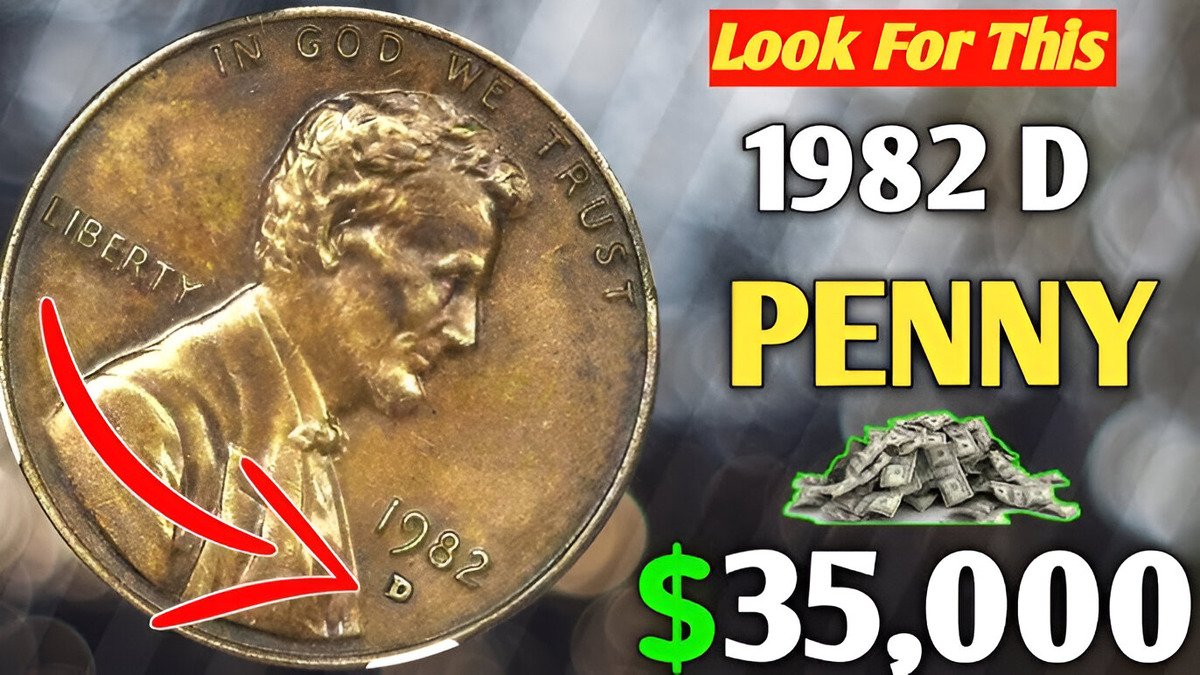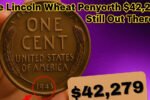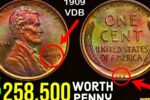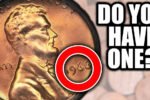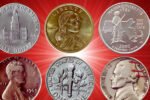Rare 1982 Roosevelt dime without a mint mark—often called the “No P” dime—is like a hidden gem in your change jar. Rumors swirl about its value hitting $385,000, but is that real, or just hype? In this article, we’ll dig into what makes this coin special, how to spot it, and why it’s sparking a modern-day treasure hunt. Whether you’re a newbie collector or just curious, let’s break it down simple and straight.
What Makes the 1982 No-Mint-Mark Dime So Special?
Picture this: It’s 1982, and the U.S. Mint in Philadelphia is cranking out billions of dimes. These are Roosevelt dimes, honoring President Franklin D. Roosevelt, with his profile on one side and a torch, olive branch, and oak branch on the other. Starting in 1980, Philly coins got a tiny “P” mint mark right by the date to say where they came from. But in ’82, something went wrong. A punch meant to stamp that “P” missed the mark—literally. Out slipped about 150,000 dimes with no mark at all.
This wasn’t on purpose. It was a goof in the minting process, like forgetting to label a package. Most folks didn’t notice at first, but collectors did. Suddenly, a coin worth 10 cents could be a collector’s dream. The rarity comes from how few survived in good shape—many got spent and worn down. Today, it’s a standout error coin, one of those flukes that turns everyday money into something extraordinary. Experts say it’s the only business-strike dime ever to leave the Philly Mint without its mark, making it a true one-of-a-kind story in numismatics.
The Backstory: How a Minting Mishap Created a Legend
Back in the early ’80s, coin collecting was blowing up. People were hunting silver quarters from the ’60s, but this dime? It hit different. The first No P dimes popped up in circulation around Sandusky, Ohio—near Cedar Point amusement park, of all places. Legend has it, park workers were handing them out as change without a clue. A sharp-eyed collector spotted the missing “P” and spread the word like wildfire.
Word traveled fast through coin clubs and newsletters. By mid-1982, folks were scouring banks and vending machines. The U.S. Mint even admitted the error, but they didn’t recall them—too late for that. This sparked a mini-boom in the hobby. Kids and adults alike started saving loose change, dreaming of striking it rich. It’s funny how a tiny oversight turned into a cultural moment, proving that even the government can slip up and create treasure. Over 40 years later, that excitement lives on, with online forums full of “I think I found one!” posts.
Hunting for Your Own No-Mint-Mark Dime
Ready to join the hunt? It’s easier than you think, but patience is key. Start with your own pockets—check every 1982 dime you get. Grab a magnifying glass and look at the front (obverse): See the date “1982”? To the right, there should be a little “P.” If it’s blank, bingo—you might have a winner. But heads up: Not all blanks are errors. Some are just weak strikes where the mark didn’t print clearly. That’s the “weak strike” variety, still valuable but less so than a clean no-mark.
Next, assess condition. Is it shiny and untouched (uncirculated), or scratched from years in a wallet? Use a simple scale too—real dimes weigh about 2.27 grams. Fakes are lighter. For the real deal, take it to a coin shop or appraiser. Places like PCGS or NGC grade them on a 1-70 scale, which boosts value big time. And don’t forget: Most 1982 dimes do have the “P” or a “D” for Denver—they’re common and worth face value. But that one missing mark? It could turn your coffee money into college tuition.
Real Values
Now, the million-dollar question—or should I say $385,000? Social media loves inflating stories, claiming these dimes fetch half a mil. Truth is, that’s way off. A beat-up circulated one might go for $30 to $50 if it’s a clear no-mark. But pristine examples? They climb fast.
Here’s a quick breakdown of values based on recent sales and guides:
| Condition/Grade | Description | Estimated Value |
|---|---|---|
| Circulated (Poor to Fine) | Worn from use, visible scratches | $30 – $100 |
| Uncirculated (MS60-MS64) | Shiny, no wear, some marks | $150 – $300 |
| Choice Uncirculated (MS65-MS67) | Near-perfect, sharp details | $500 – $1,000 |
| Gem Uncirculated (MS68+) | Flawless, top-tier rarity | $2,000 – $2,500 |
The record? A super-rare MS68 sold for $2,185 back in 2004—not $385K, sadly. That hype number might mix it up with the ultra-rare 1975 No S proof dime, which hit $456,000. Still, for a dime, even $500 is life-changing. Values fluctuate with auctions—check eBay or Heritage for live comps. Bottom line: Condition is king. A gem can pay off a car loan; a junker won’t buy lunch.
Why This Dime Still Sparks a Treasure Hunt Today
In a world of digital cash and crypto, why chase a 1982 dime? It’s about the chase—that rush of flipping through rolls of coins at the bank, heart pounding over a maybe. This error reminds us history hides in plain sight. Plus, with fewer pristine ones left (estimates say only thousands exist), values could keep rising. Collectors aren’t just buying metal; they’re grabbing a piece of minting magic.
